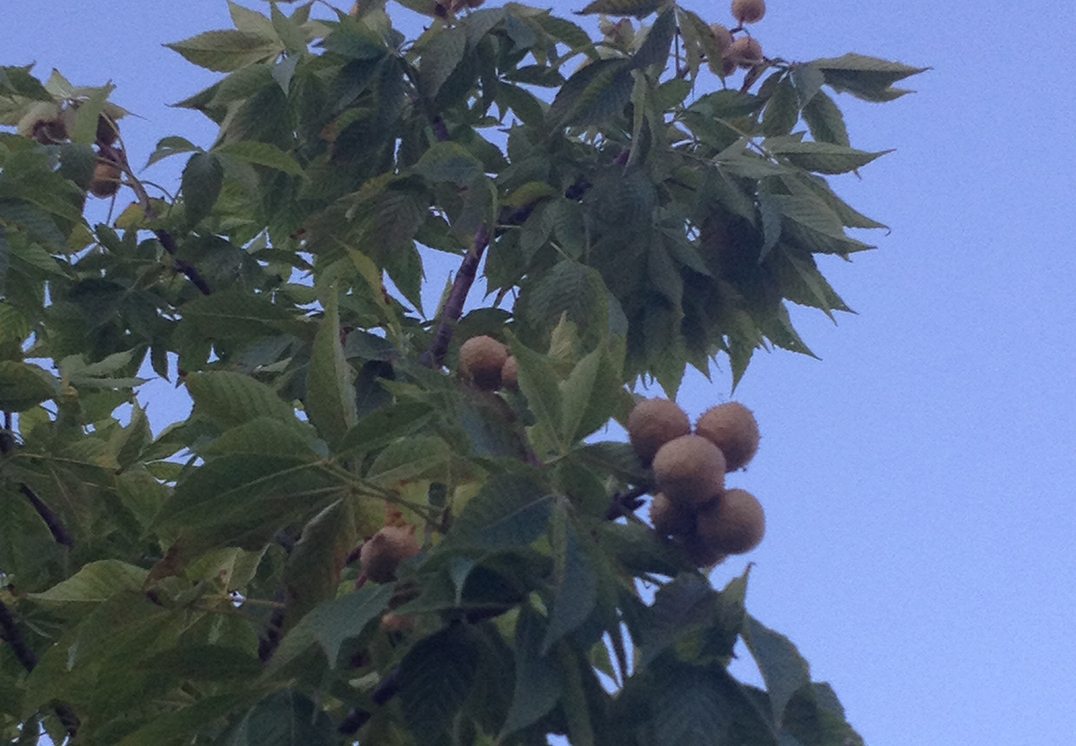EDITOR’S NOTE: This spring, the Manitoulin Nature Club launched a Notable Trees of Manitoulin (NTOM) initiative to catalogue significant trees of Manitoulin Island. The club is seeking individuals to nominate trees that are important to them or that are in some way unique. Early surveyors documented trees at the imaginary corners and angles of parcels of land to mark boundaries and called them ‘witness trees.’ This distinction is also used to describe trees present at key historical events or events specific to a particular person such as a wedding or engagement. If there is a ‘witness tree’ in your family’s history, this would be a welcome nomination.
Notable trees can include notable specimens because of their size, form, shape, beauty, age, colour, rarity, genetic constitute or other distinctive features. They can also include living relics that display evidence of cultural modification by aboriginal or non-aboriginal people including having strips of bark or knot-green wood removed, test hole cuts made to determine soundness, furrows cut to collect pitch or sap or blazes to mark a trail. As well prominent community landmark trees, trees associated with local folklore, myths, legends or traditions or specimens associated with an historical person, place or event also qualify for nomination.
The Expositor will be following this initiative and will be highlighting a selection of these nominated trees and sharing the special stories behind them.
Anyone wishing to nominate a NTOM or wishing more information about the project can contact notabletreesofmanitoulin@gmail.com or by writing to Notable Trees, P.O. Box 1006, Little Current, ON, P0P 1K0.
Ohio buckeye tree
Edith Garrette has nominated two Ohio buckeye trees for the Notable Trees of Manitoulin.
“The trees are on Meredith Street on the Little Current Library side by Little Current Place,” explained Ms. Garrette. “They have been there since Little Current Place was built, probably over 20 years ago.”
“I nominated them because you normally don’t find buckeye trees this far north,” said Ms. Garrette. “They are in southern Ontario, but to my knowledge, these are the only ones on Manitoulin.”

Ms. Garrette told The Expositor that the buckeye tree gets its name from its walnut looking fruit that, when cut open, looks like the eye of a deer.
The Aesculus glabra, or Ohio buckeye, has large leaves with five to seven points. In the spring it features upright clusters of yellow-green flowers and later in the year large brown seeds call conkers.
There are found in southwestern Ontario, but are common in the midwestern United States.
According to Ontario.ca the young shoots and seeds of the tree are poisonous to cattle but squirrels can eat the inner pith for raffinose, which is a sugar molecule sweeter than sucrose.





